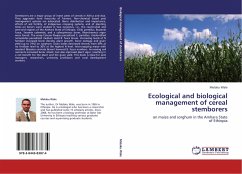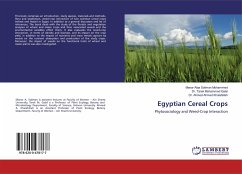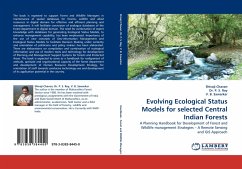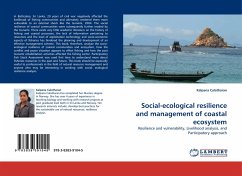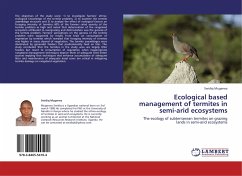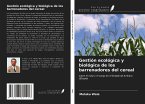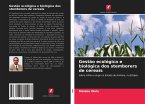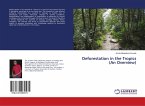Stemborers are a major group of insect pests ofcereals in Africa and Asia. They aggravate foodinsecurity of farmers. Non-chemical based pestmanagement systems are advocated. Borer distributionand importance, effects of soil fertility, ofindigenous cropping systems, and of planting times onborers were studied in two ecozones, i.e., thecool-humid and semi-arid regions of the Amhara Stateof Ethiopia. Chilo partellus, Busseola fusca, Sesamiacalamistis, and a coleopterous borer, Rhynchaenusniger were found. The wasp Cotesia flavipesparasitized C. partellus. Unidentified nematodesparasitized medium sized B. fusca larvae. Increasinglevels of N fertilizer increased borer density, plantgrowth, borer damage and grain yield (up to 74%) onsorghum. Grain losses decreased linearly from 49% atno fertilizer level to 36% at the highest N level.Intercropping maize with mustard (Brassica carinataBraun) lowered B. fusca numbers. Increasing soilnutrients increased borer attack, but also improvedplantvigor, resulting in a net benefit for the plantand the grain yield. This book is ideal for pestmanagers, researchers, university professors andrural development workers.
Bitte wählen Sie Ihr Anliegen aus.
Rechnungen
Retourenschein anfordern
Bestellstatus
Storno

